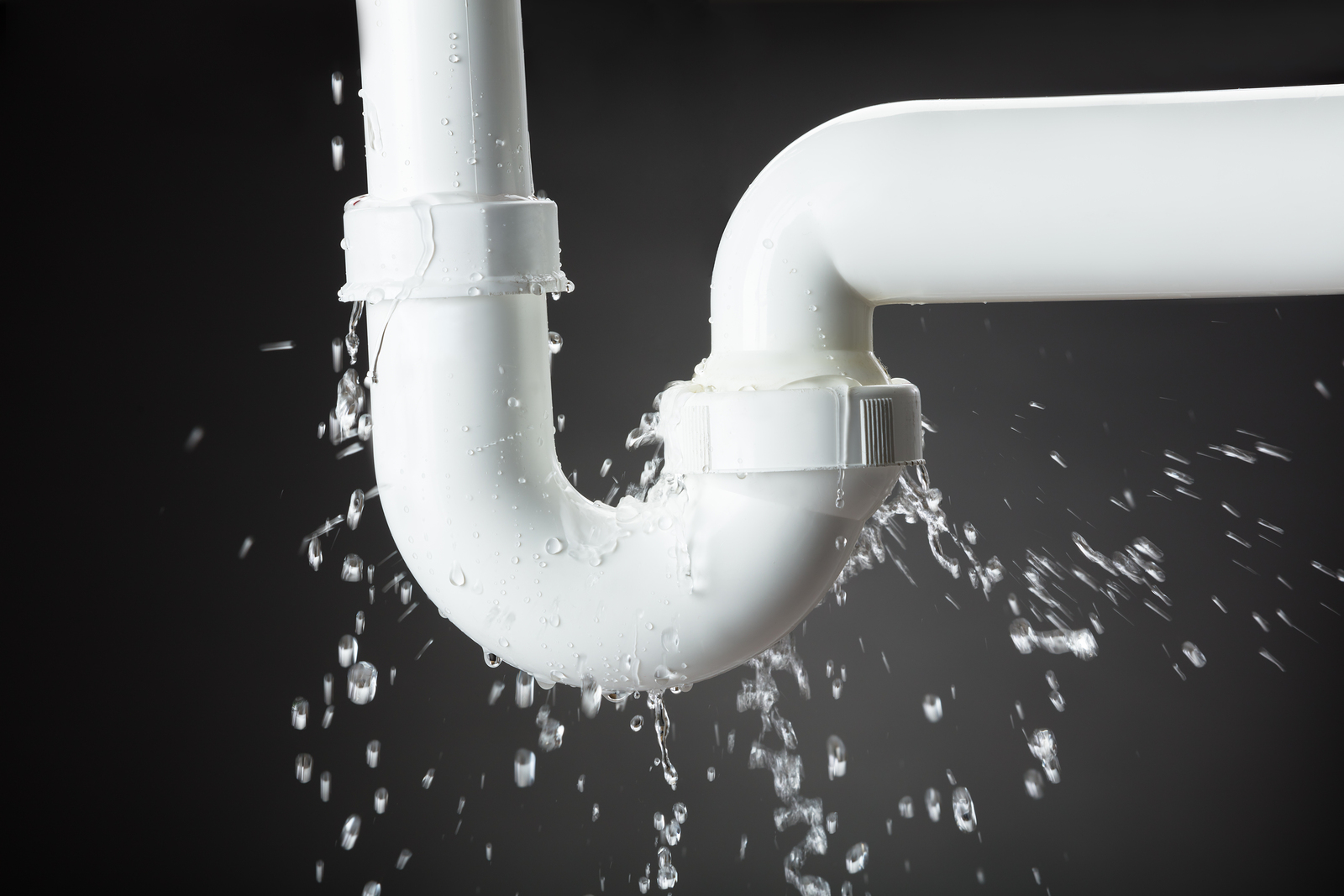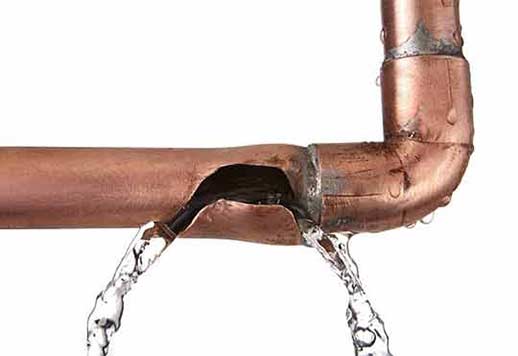What to Do When a Burst Pipe Causes Water Damage in Your Home
Wiki Article
Stopping Burst Pipes: Important Tips to Shield Your Pipes
Stopping burst pipelines is an essential concern for house owners, especially during chillier months when the risk of freezing is heightened. Implementing tactical steps such as proper insulation, regular examinations, and keeping constant interior temperature levels can considerably lower the probability of pipeline failure.Understand Pipeline Vulnerabilities
Recognizing pipe vulnerabilities is important for effective pipes upkeep and protecting against expensive damage. A number of factors contribute to the susceptibility of pipes to bursts, consisting of material structure, age, and environmental problems. Older pipes, especially those made from galvanized steel or polybutylene, typically degrade gradually, resulting in enhanced danger of leakages and ruptures.Temperature level changes can also considerably effect pipeline integrity. In chillier environments, water entraped in pipes can ice up, expanding and applying pressure on the pipe walls, which might eventually result in a ruptured. High water pressure can stress pipelines, particularly at bends and joints, enhancing the likelihood of failure.

Insulate Pipes Correctly
Appropriate insulation of pipelines is important for avoiding freezing and succeeding bursts during cold climate (burst pipe). Insulating your pipes system successfully safeguards against temperature drops that can lead to costly damage. Begin by identifying at risk locations where pipes are subjected to exterior temperature levels, such as cellars, attic rooms, and outside wallsUse foam pipe insulation sleeves or wrap insulation tape around these areas to offer a protective barrier. Ensure that all sections of the pipelines, especially those with limited heat direct exposure, receive appropriate insulation. Pay unique attention to joints and fittings, as these are a lot more vulnerable to freezing.
When insulating, it's important to choose materials that satisfy local structure codes and are suitable for the specific environment. For example, fiberglass insulation is often recommended for its thermal resistance residential properties - burst pipe. Furthermore, think about using warmth cable televisions or tape in severe problems, which can be plugged in to supply supplementary warmth
Routinely check shielded pipelines for any kind of signs of wear or damage, as endangered insulation can reduce its effectiveness. By taking these proactive measures, you considerably lower the danger of pipeline bursts, making certain a trustworthy pipes system throughout the winter months.
Maintain Constant Temperature Level
A stable indoor temperature level is necessary for preventing burst pipelines during the icy months. When temperature levels decline, water within pipelines can ice up, expanding and producing stress that may inevitably trigger the pipelines to ruptured. To minimize this risk, house owners need to preserve a regular temperature level throughout their home, preferably no reduced than 55 ° F(13 ° C)Utilizing a programmable thermostat can help manage indoor temperature levels properly, guaranteeing that spaces with plumbing stay warm even when your home is unoccupied. Pay special interest to areas that are extra prone to chilly, such as attics, garages, and basements. Maintaining cupboard doors open under sinks can also allow warmer air from the home to distribute around pipes.This minor circulation of water can avoid freezing by reducing stress within the pipelines. By carrying out these methods, house owners can substantially lower the risk of pipe bursts and safeguard their plumbing systems versus the extreme wintertime components.
Frequently Examine Pipes
Normal assessments of pipes systems are important for avoiding burst pipelines and keeping general home integrity. Routine checks enable property owners to recognize prospective issues before they rise into costly repair services or significant water damage. Throughout these evaluations, it is necessary to take a look at visible pipelines for signs of deterioration, leakages, or put on. Pay special focus to locations susceptible to freezing, such as cellars, attic rooms, and exterior walls.In addition, examining joints and links is essential, as these factors are frequently at risk to leakages. House owners need to also evaluate water pressure degrees, as too much pressure can strain the plumbing system and raise the risk of pipe bursts.
Think about organizing professional plumbing inspections at the very least annually, specifically before winter, to ensure your system is gotten ready for cooler temperature levels. Normal examinations not only help in identifying immediate issues but additionally foster lasting upkeep strategies that can improve the life-span of your pipes system. By being aggressive in your approach, you can protect your home against the expensive and disruptive consequences of burst pipelines. Prioritizing plumbing inspections is an investment in your home's health try these out and wellness.
Know Emergency Procedures
Understanding emergency treatments is important for every single house owner, specifically after conducting normal plumbing examinations. Being planned for a plumbing emergency situation can substantially mitigate damages and conserve prices. First, find your primary water shut-off shutoff; it is commonly found near the water meter or where the major line enters your home. Acquaint on your own with its procedure, as shutting down the water rapidly can protect against substantial flooding.
Following, maintain crucial tools helpful. A pipes emergency situation kit need to include a wrench, plunger, and towels, as well as a flashlight and a container for tiny leaks. Additionally, think about having the Learn More call information for a trusted plumbing technician conveniently offered, should the situation escalate beyond your control.
If you find a leak or burst pipeline, immediately turn off the supply of water and inform your plumbing technician. Document the damage with photos for insurance coverage functions. Recognize the signs of potential pipes problems, such as unusual water stress changes or damp spots on walls
Ultimately, positive understanding and speedy activity are vital in taking care of pipes emergencies, guaranteeing your home stays safeguarded and lessening potential damages.

Conclusion
Finally, avoiding ruptured pipelines requires a multifaceted method that consists of understanding pipe susceptabilities, correct insulation, preserving consistent indoor temperatures, normal assessments, and understanding of emergency situation procedures. By implementing these essential approaches, the danger of pipes failures can be dramatically minimized, thus making sure the longevity and performance of the plumbing system. Aggressive actions not just protect versus potential damage yet likewise add to general water conservation and the protection of property.In chillier climates, water trapped in pipelines can ice up, broadening and exerting pressure on the pipe wall surfaces, which may ultimately lead to a burst. When temperatures decrease, water within pipelines can ice up, producing and broadening pressure that may inevitably cause the pipes to burst. By carrying out these strategies, house owners can significantly lower the risk of pipe ruptureds and safeguard their plumbing systems versus the harsh winter season components.

Report this wiki page